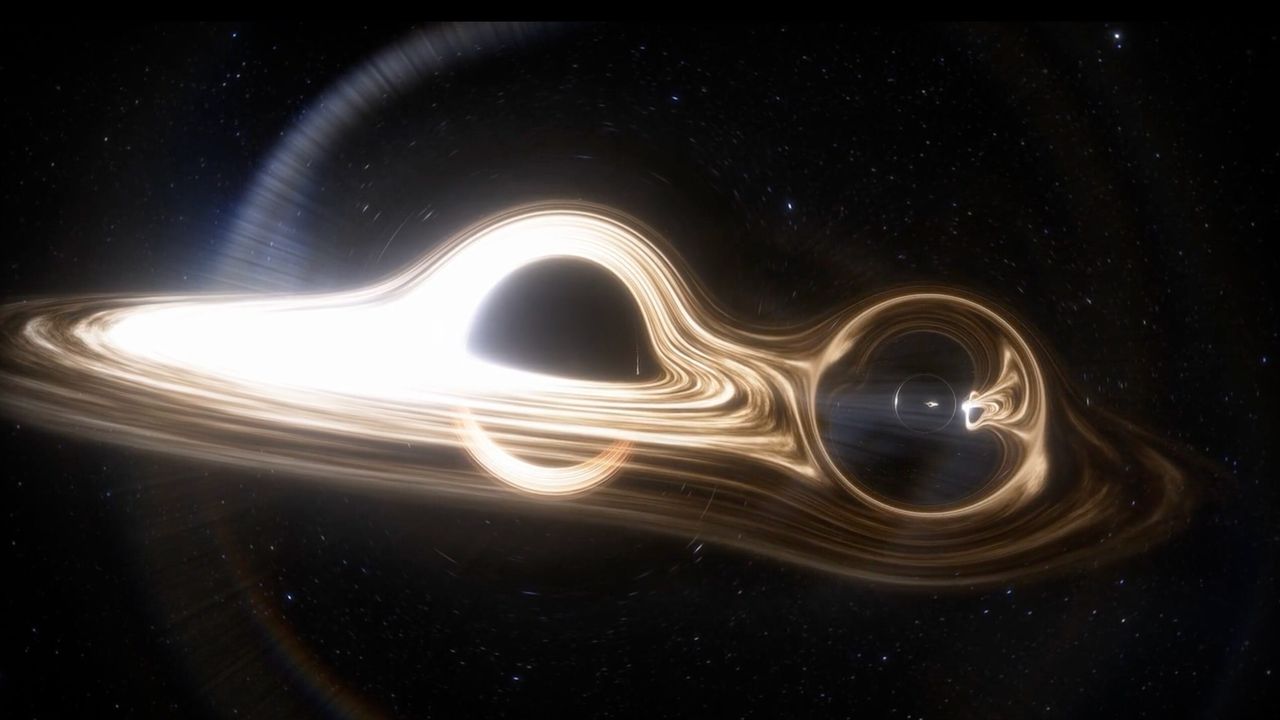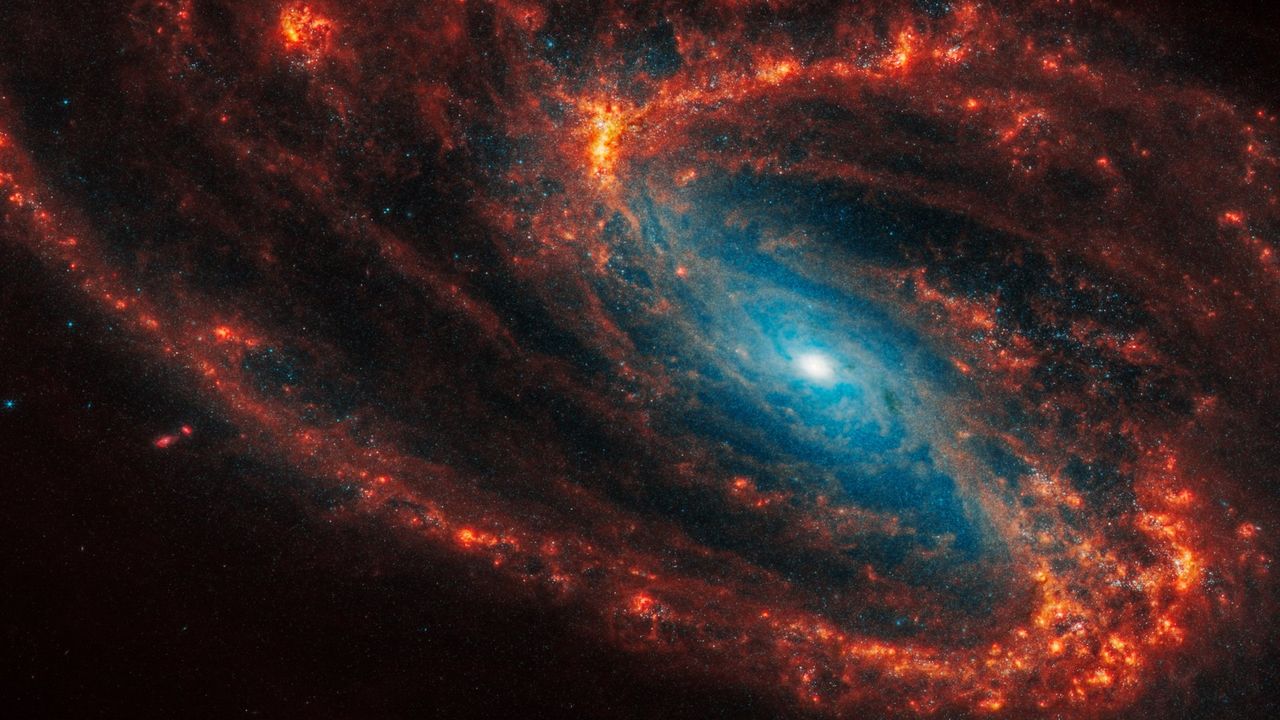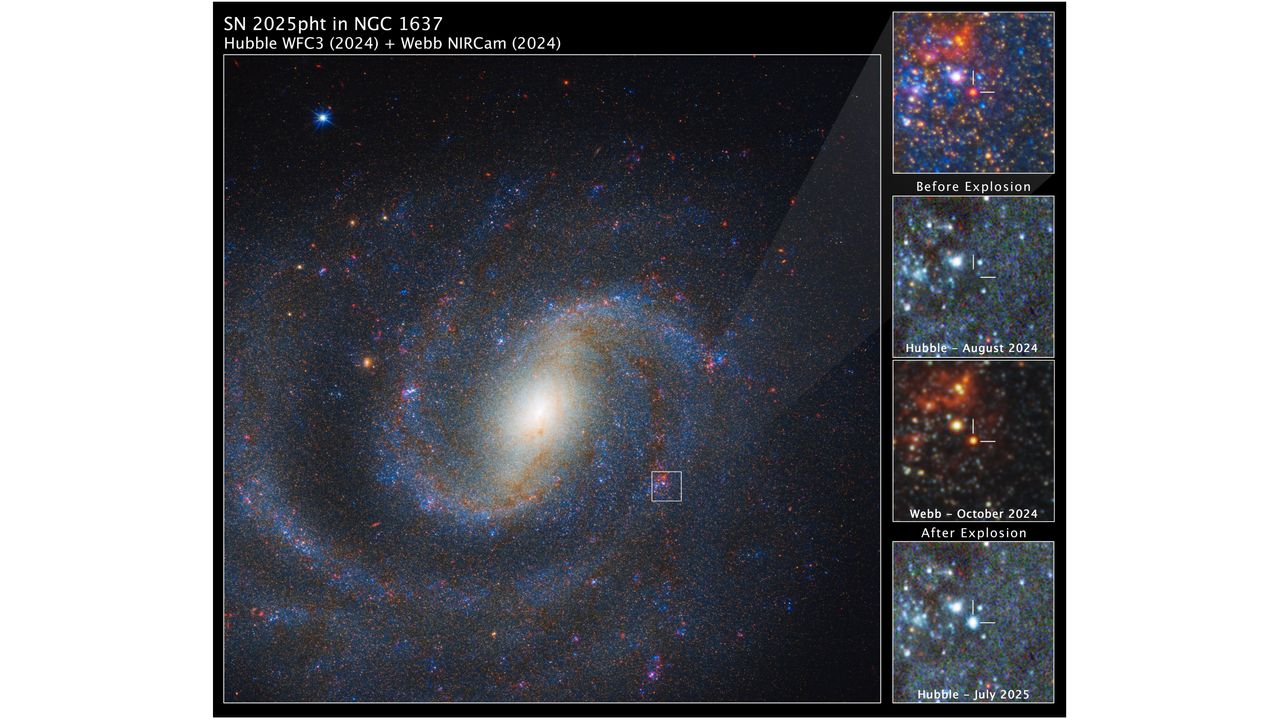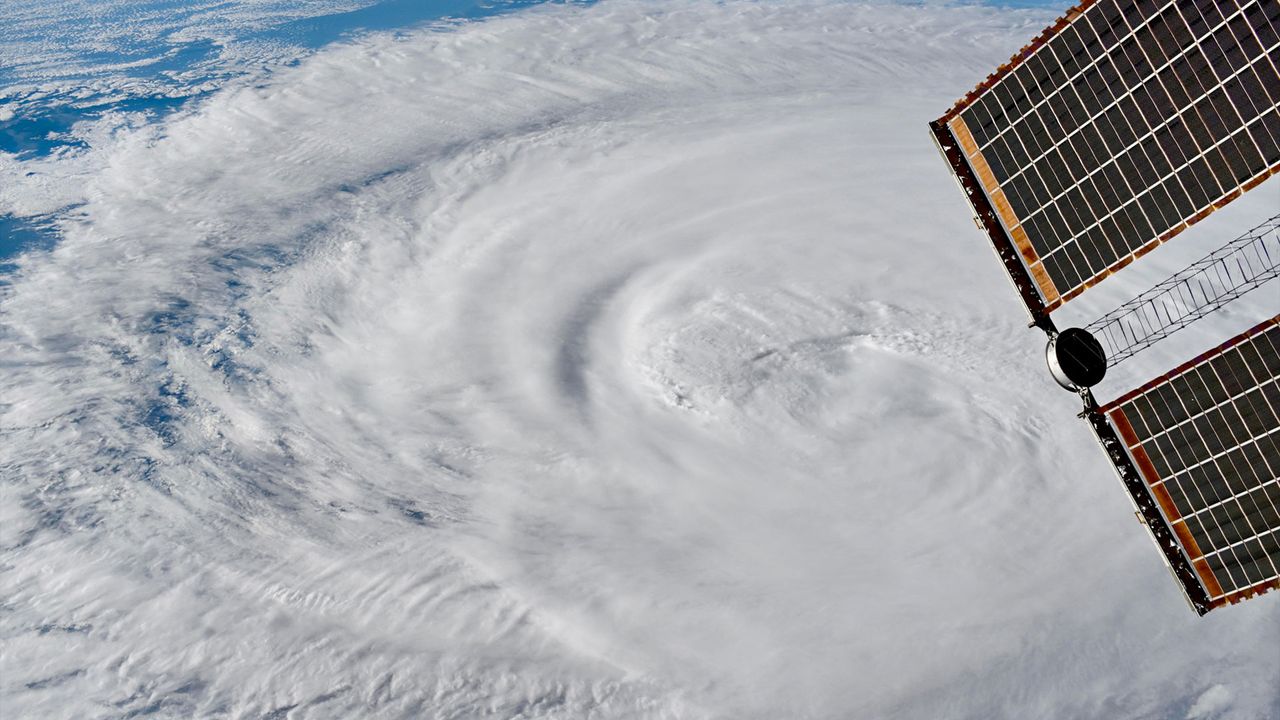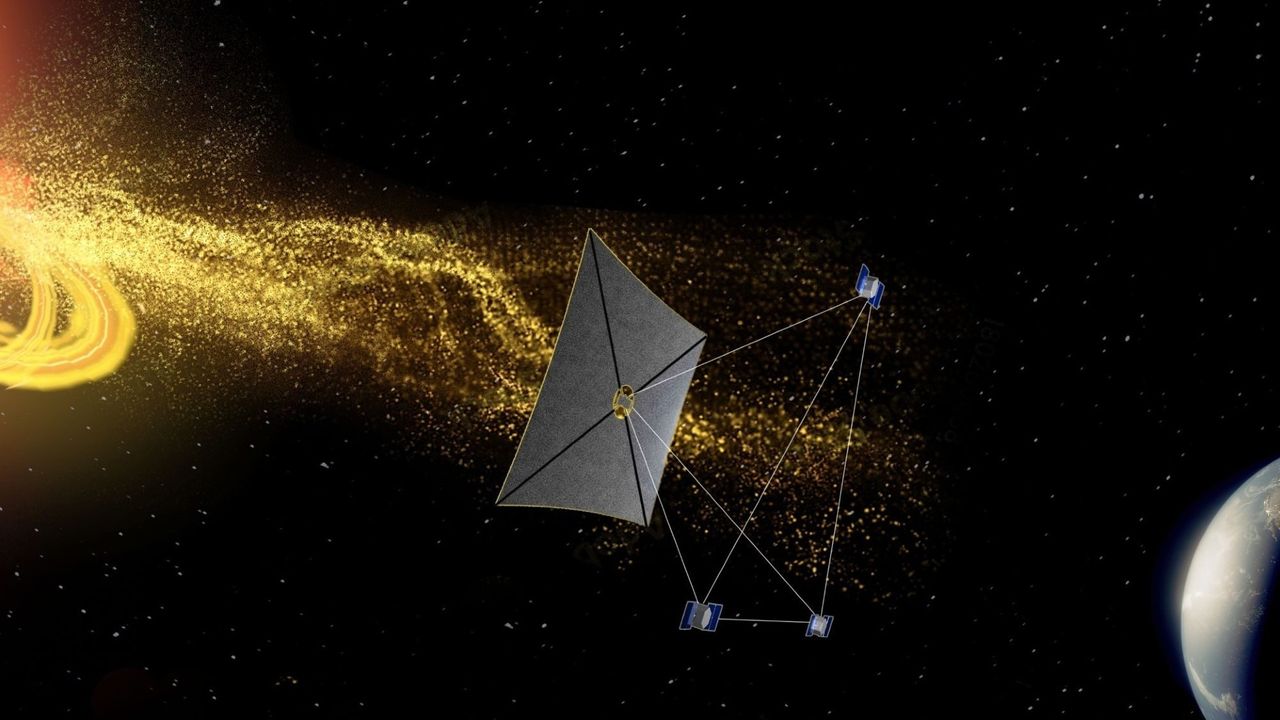This is the world's 1st image of 2 black holes orbiting one another
PositiveScience
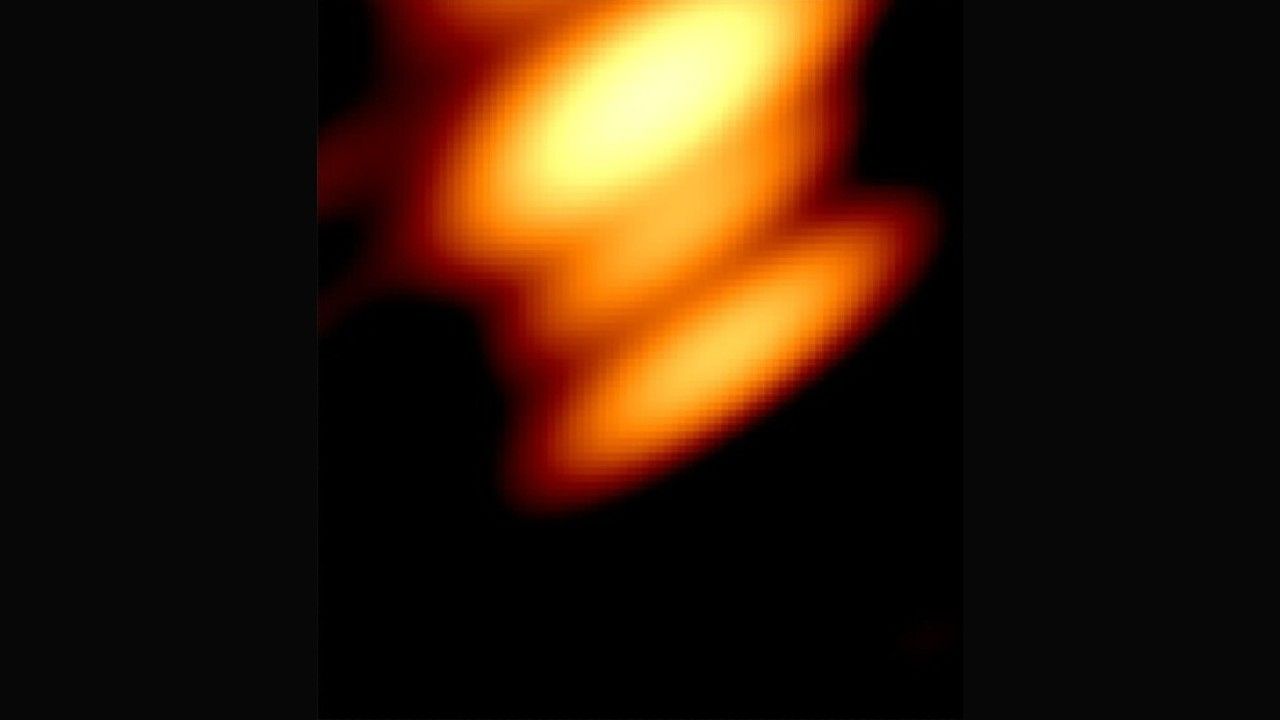
Astronomers have achieved a groundbreaking milestone by capturing the first-ever image of two supermassive black holes orbiting each other at the center of quasar OJ287. This discovery is significant as it not only confirms theories about black hole interactions but also enhances our understanding of the universe's structure and evolution. The image represents decades of research and technological advancement in astrophysics, opening new avenues for exploration in the field.
— Curated by the World Pulse Now AI Editorial System
